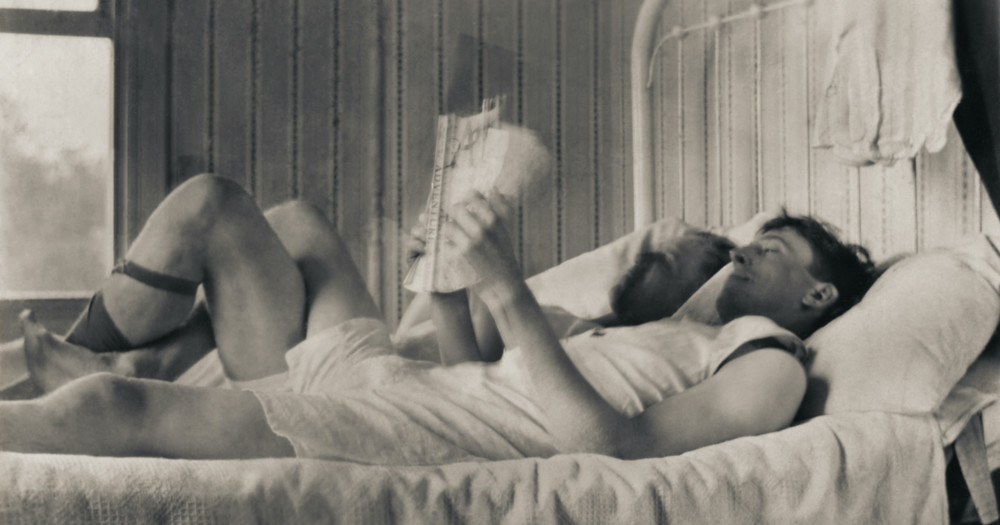Photographs have a way of speaking the truth of the past. Are the subjects in the photos looking at the camera, or looking at us? Or even better, are the subjects looking at one another, sharing a secret? This is what Hugh Nini’s and Neal Treadwell’s book, Loving, explores through the pages of a rich and revealing history of men in love through photographs.
I was fortunate to speak with Hugh and Neal about the book, their growing collection of photographs, and the remarkable stories behind their ‘accidental’ collection.
Tell me the story of when you found the first photograph 20 years ago.
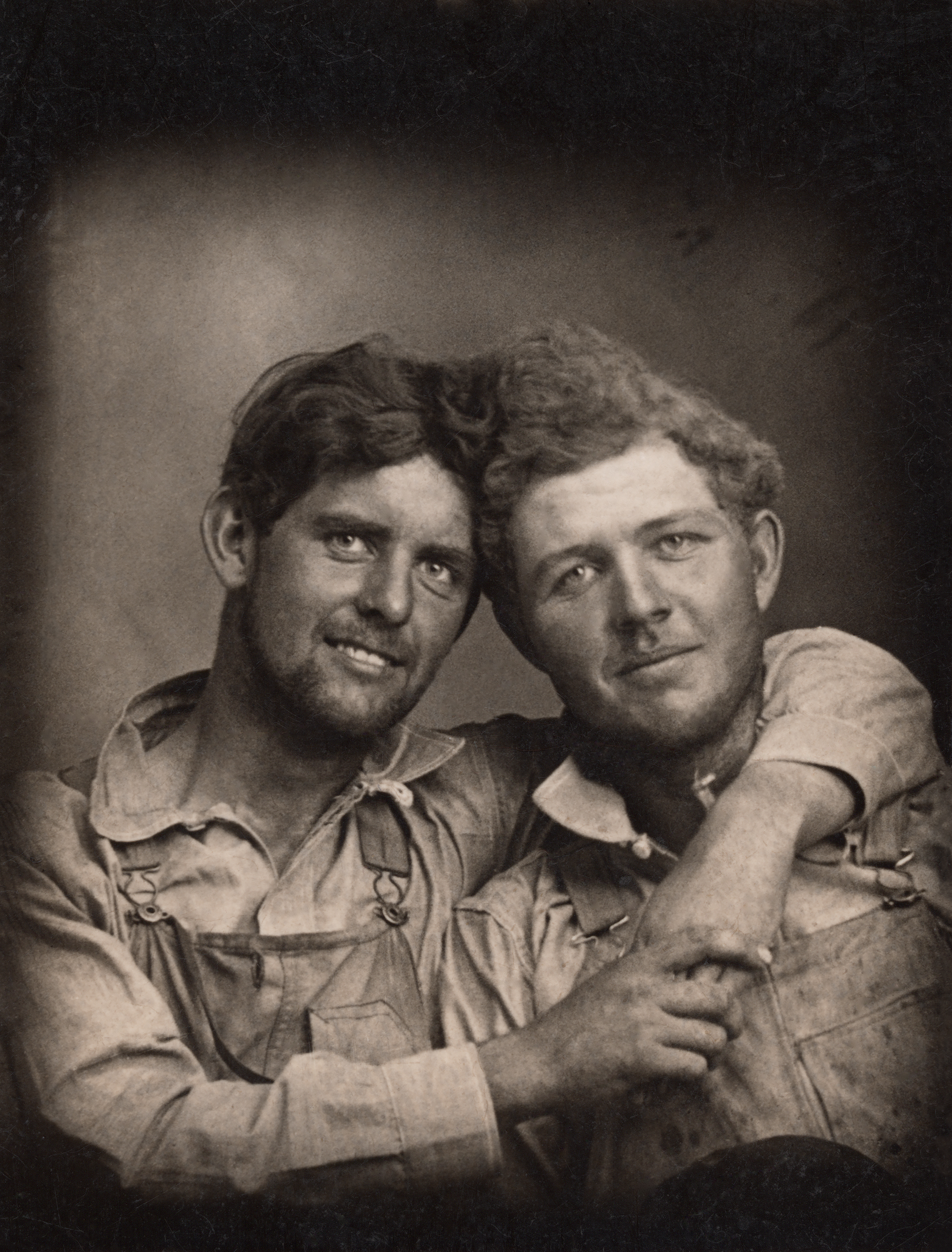
Neal: It began 20 years ago in Dallas. We were headed home from church, and there’s an antique store, we thought, let’s just go on there and shop around and see what they have. And in one of the booths, I found a box that had a bunch of photographs in it. One of them was two guys, and they’re standing in front of a house and kind of a garden, they were in this romantic embrace. And I was like, Oh my gosh, I ran, found Hugh and I’m like, check out this photo. We thought, you know, we got to have this. So we took it home. We had probably it set on the desk for about six months before we found the second photograph. The second photograph we found was in an auction online of two soldiers. And it’s a very small photograph in a glass frame, and on the frame, it was etched, “always yours”. So that was really sweet. And then I guess it was another year before we found the next but it just kind of started snowballing after that.
Did you two travel specifically to find photographs, or was it serendipitous?
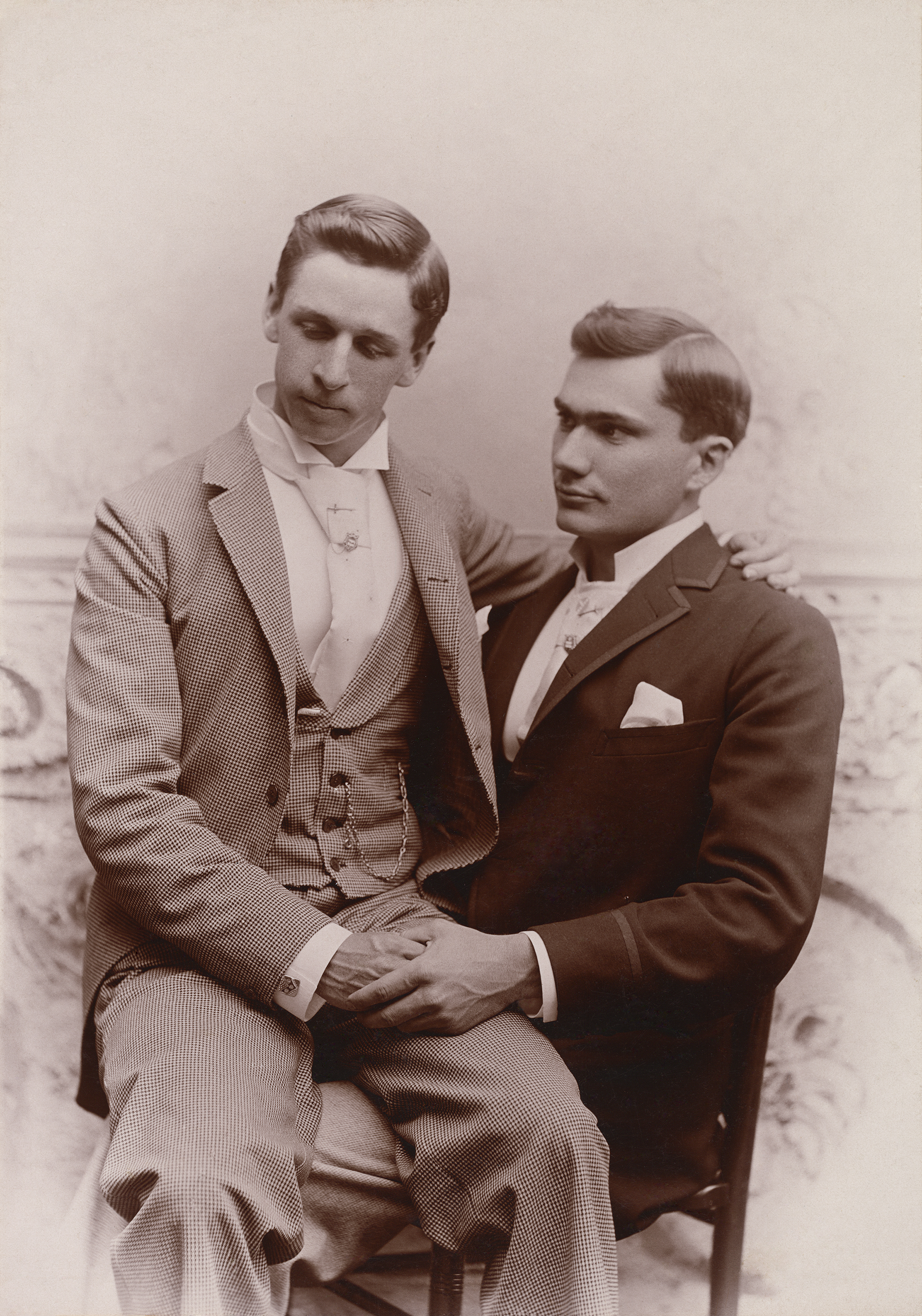
Hugh: Well, Neal’s job has always required him to do a lot of travelling all over the United States and some foreign travel as well. But we also have very close friends in Budapest and in Paris. And we’ve been going to Europe to see them for the last 20 years. So Neal’s travels all over the US and our travels to Europe combined put us in contact with a lot of different collectors in the earliest years. And we still have those connections and still do that collecting with them. But as you can imagine, 20 years ago, the internet wasn’t what it is now. So that has certainly sped things up a little bit in the last few years.
I’ve read that you found many of the photos in Bulgaria, how did so many end up there?
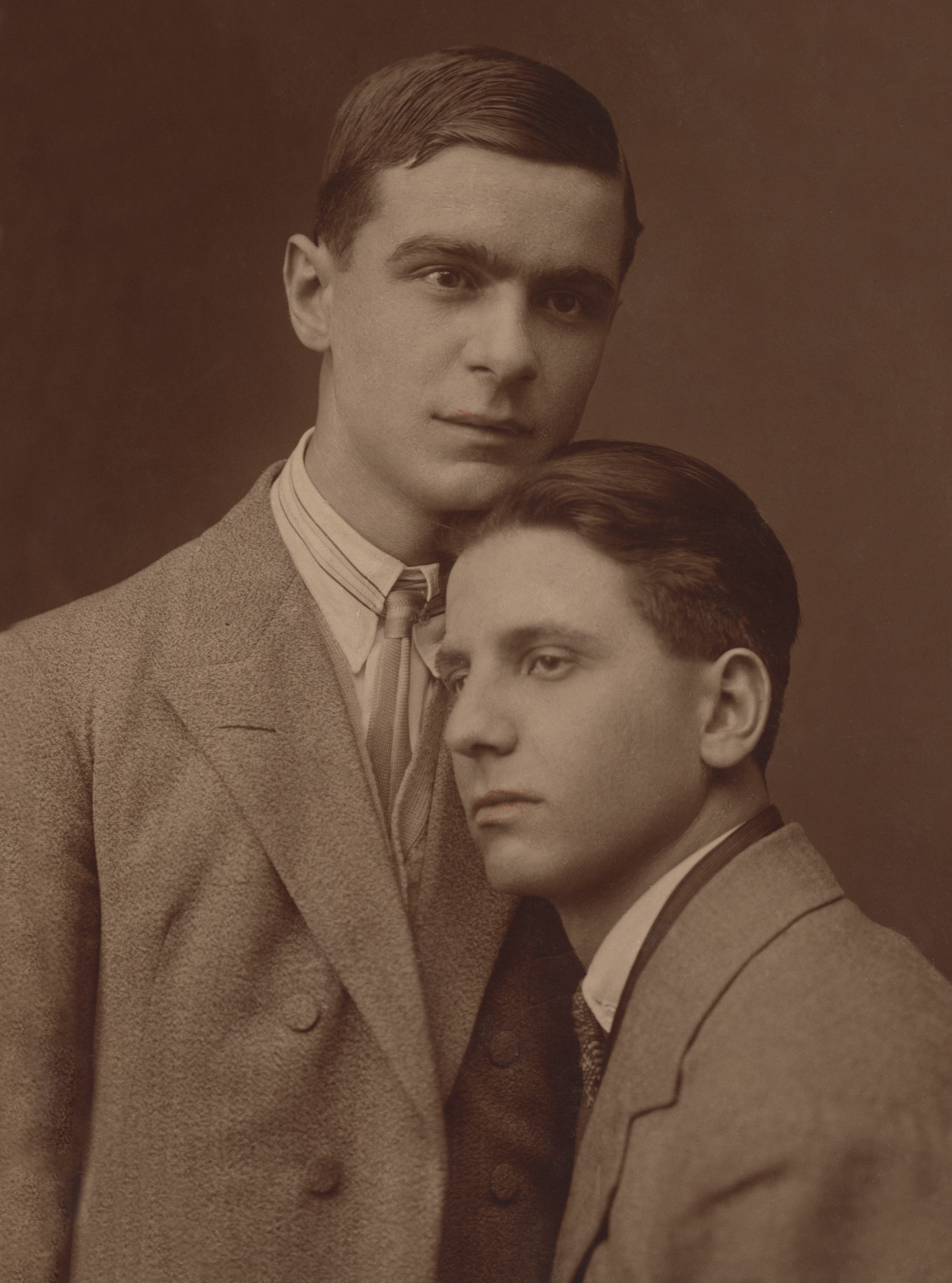
Hugh: It’s interesting, and we don’t know why we have no explanation. But the largest concentration of non-US photos of romantic male couples comes from Bulgaria.
Neal: We don’t know why, if they just have a higher survival rate of the photographs, or, you know, it’s just the community is more accepting.
What made you decide to turn your collection into a book?
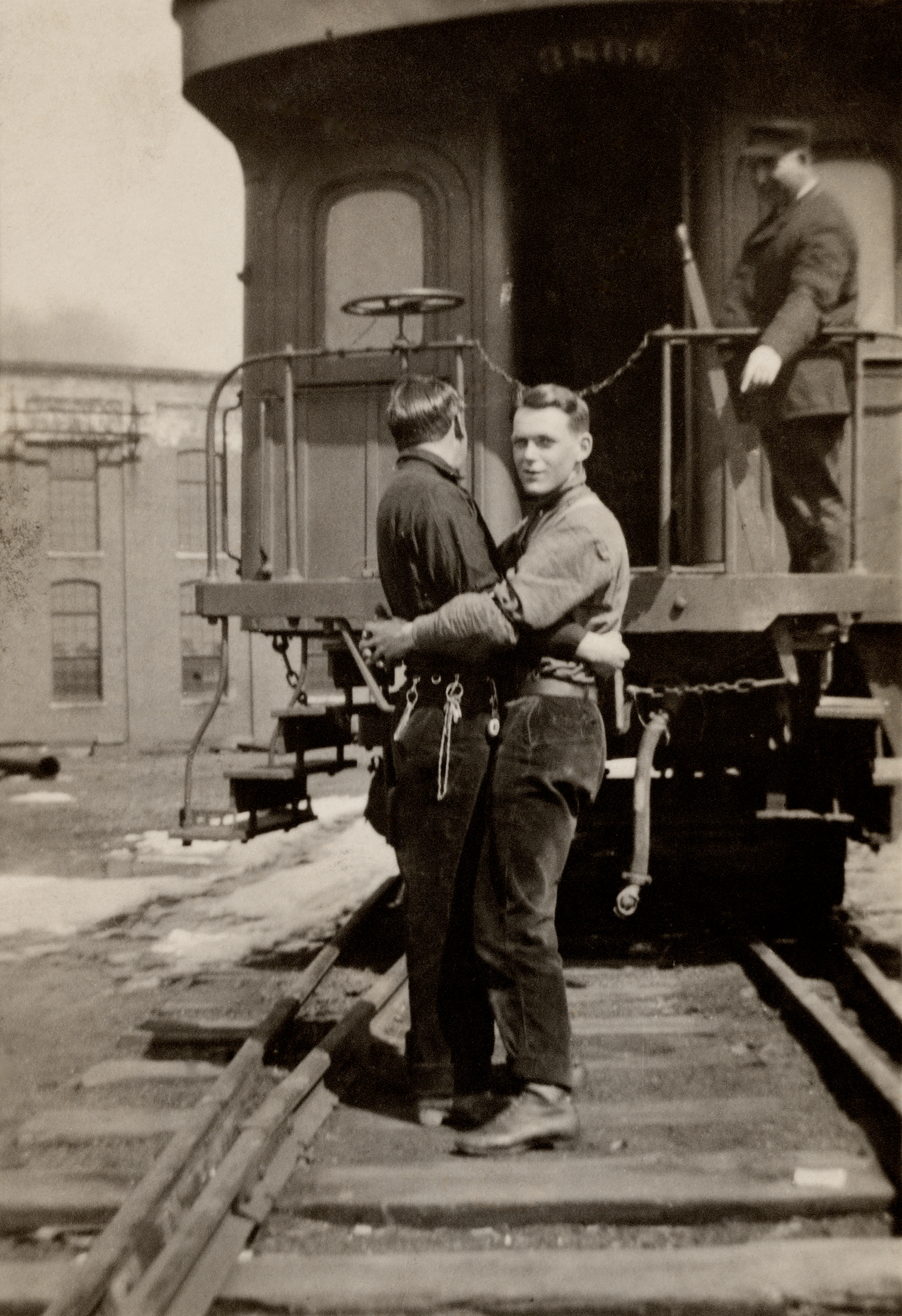
Neal: We were meeting one of our collectors we deal with at Starbucks. And we took him two of our albums of photos with us, just kind of thinking maybe we’ll show them, maybe we won’t show them. So we say, “Would you like to kind of see what we’ve been collecting?” He just takes the first album, and he goes through it page by page by page and he sets it down. He takes a second album, and he’s just going through just staring at the photos. And at the end, he just looked at me said, You guys have got to publish this.
Do you believe that many people will be surprised that LGBTQ+ relationships have been around for centuries?

Hugh: We were surprised. When we saw that first photograph, we knew what we were looking at, we just couldn’t believe that it existed that it had ever been taken, that it had lived on for 80 years to end up, you know, in our hands. We never expected to see a second one. Honestly, there was no expectation that there would ever be a second one, we thought we found the only one in the world. So yeah, people will be surprised as we were.
Neal: We were amazed at how many people just reach out to us and tell us how beautiful this is and how did you find these? And that they did they don’t realize that they’ve existed as long as they have. It’s overwhelming.
Were you afraid of outing the men in these photographs?
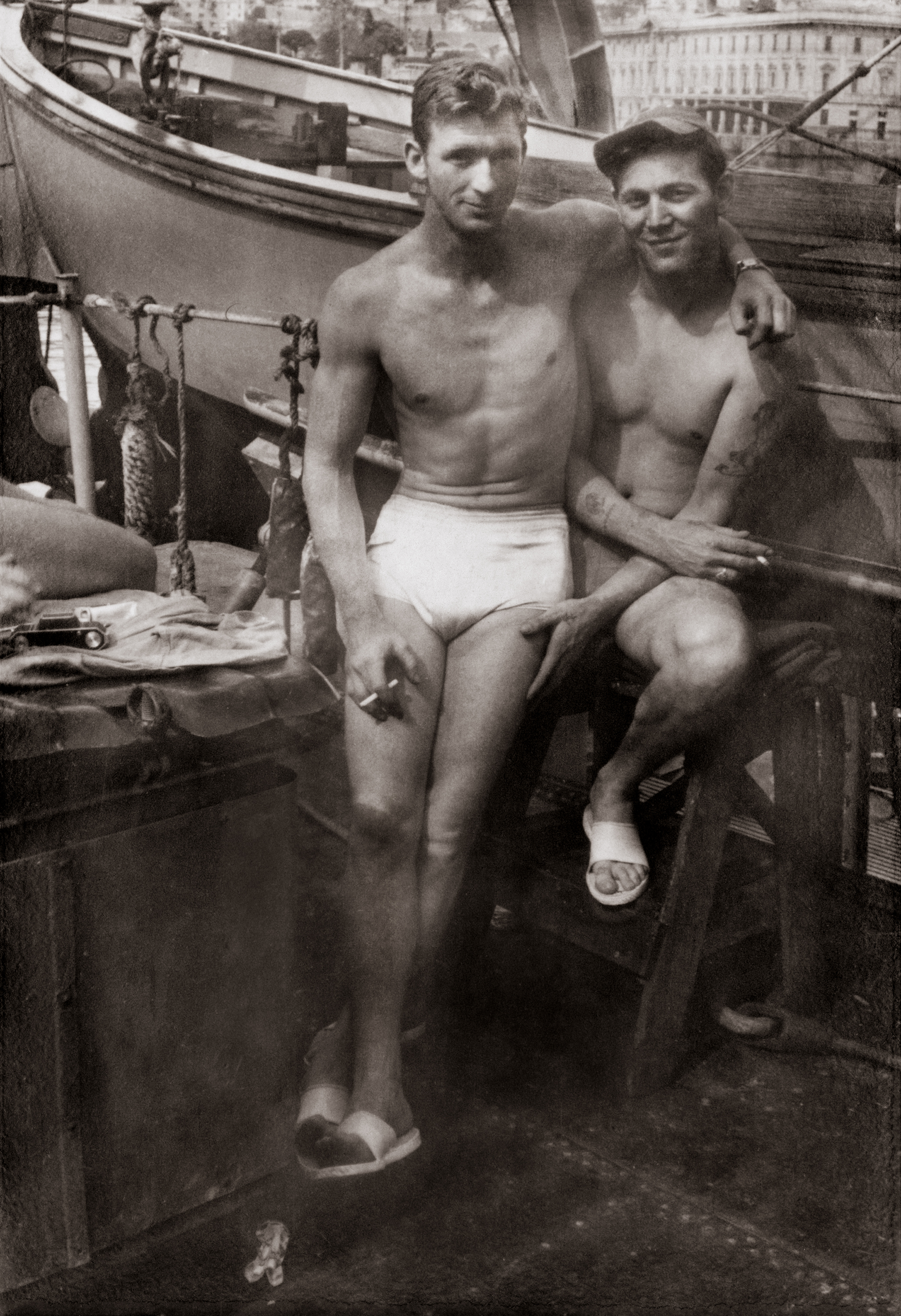
Hugh: No, I mean, because, number one, they’re not alive anymore. We make a big mistake to impose society’s shame that society has for them on them. They were not ashamed of themselves, they were not ashamed of their relationships, they had to keep them private, just so that they could have a job, and so that they could live a fairly normal life because there was a lot of pushback against them. We think that they’re dancing in heaven, that these moments, these mementoes of their beautiful relationship, are now out for the world to love and adore in a way that they probably couldn’t have imagined back then.
Do you think about the point of view of the photographer?
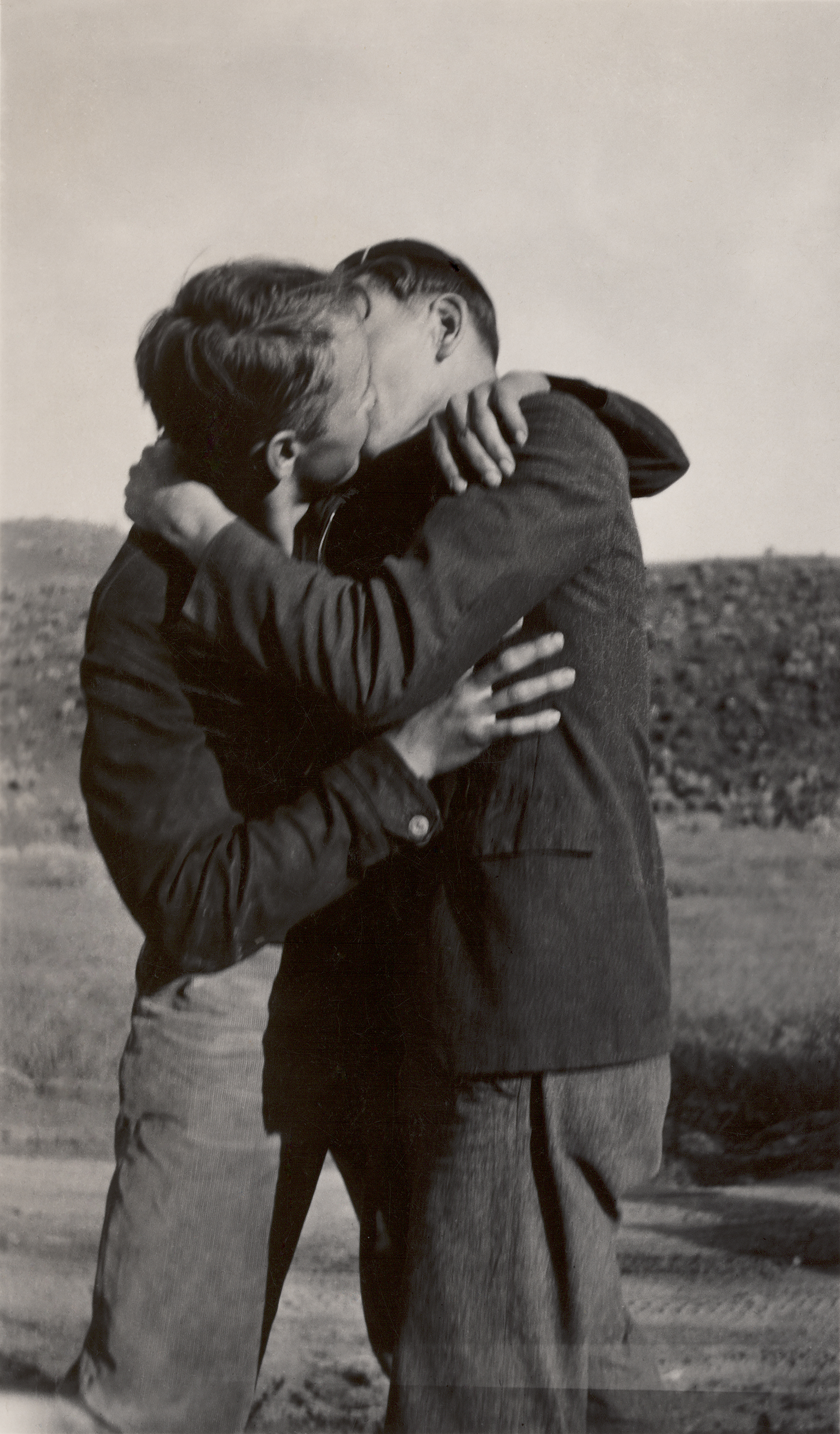
Neal: As far as who took them, it had to be a family or friend or an ally. And in some cases, you actually see a reflection of someone in the photograph. And in some of the photographs, there are friends or family around them as well. Before I was out, I had to kind of hide and figure out where I wanted my photos, developed–that was in the 80s.
Hugh: We assumed that they navigated that the same way. We’ve been through a phase of our lives where you have to have allies and friends and know where to go and where not to go. And we assume that that was the same case.
Will you continue to grow your collection now that the book is published?
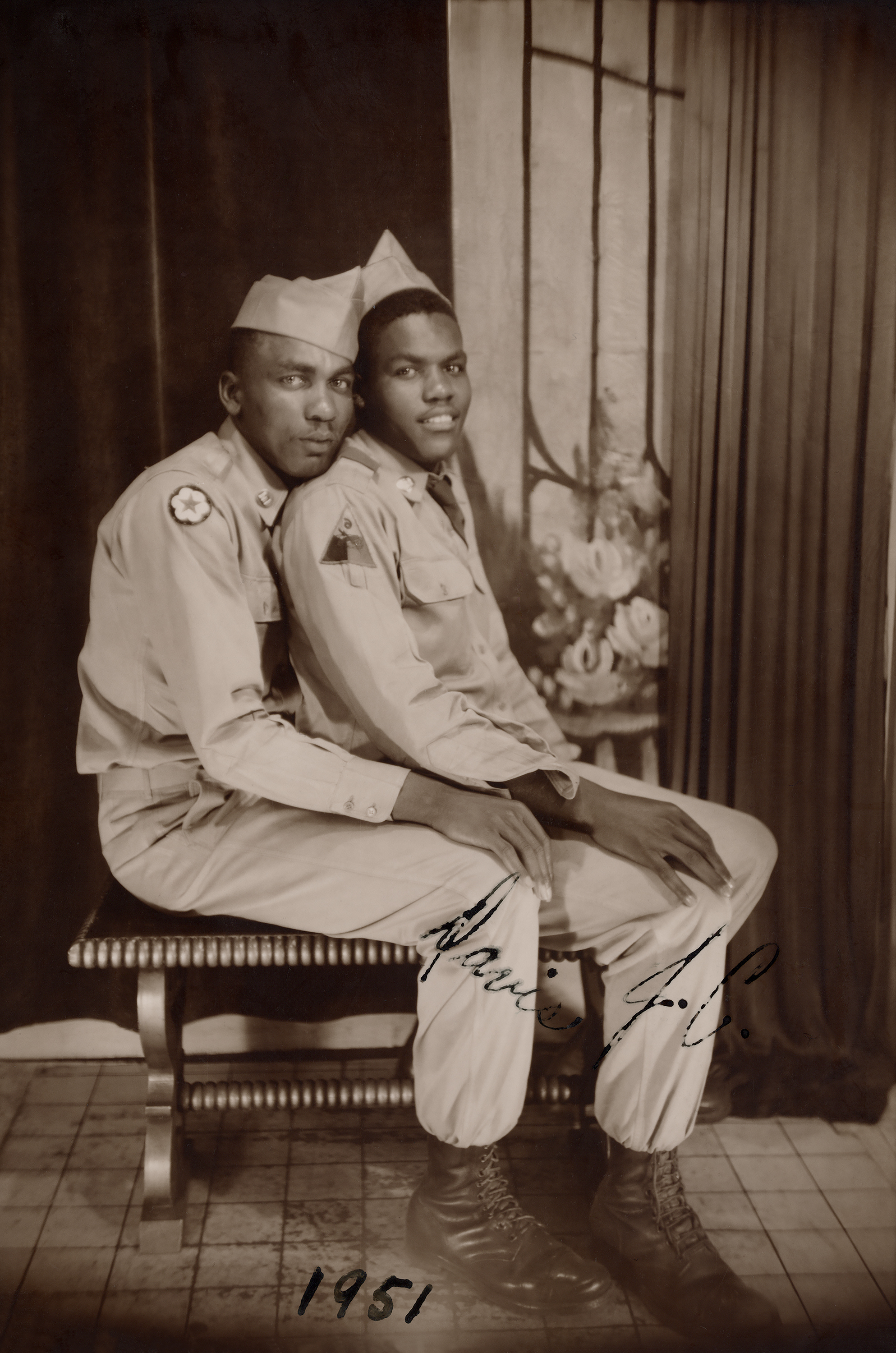
Neal: Oh, yeah, we are. We’ve exceeded 3000 photos now.
Hugh: We bought these large black 12 by 12 albums and we started placing them in these albums. We’re now up to 11 albums. And we probably got enough photographs sitting over here in this box to do another three or four more albums. We’re just a little behind because of everything that’s been going on.
Do you have a favourite photograph?
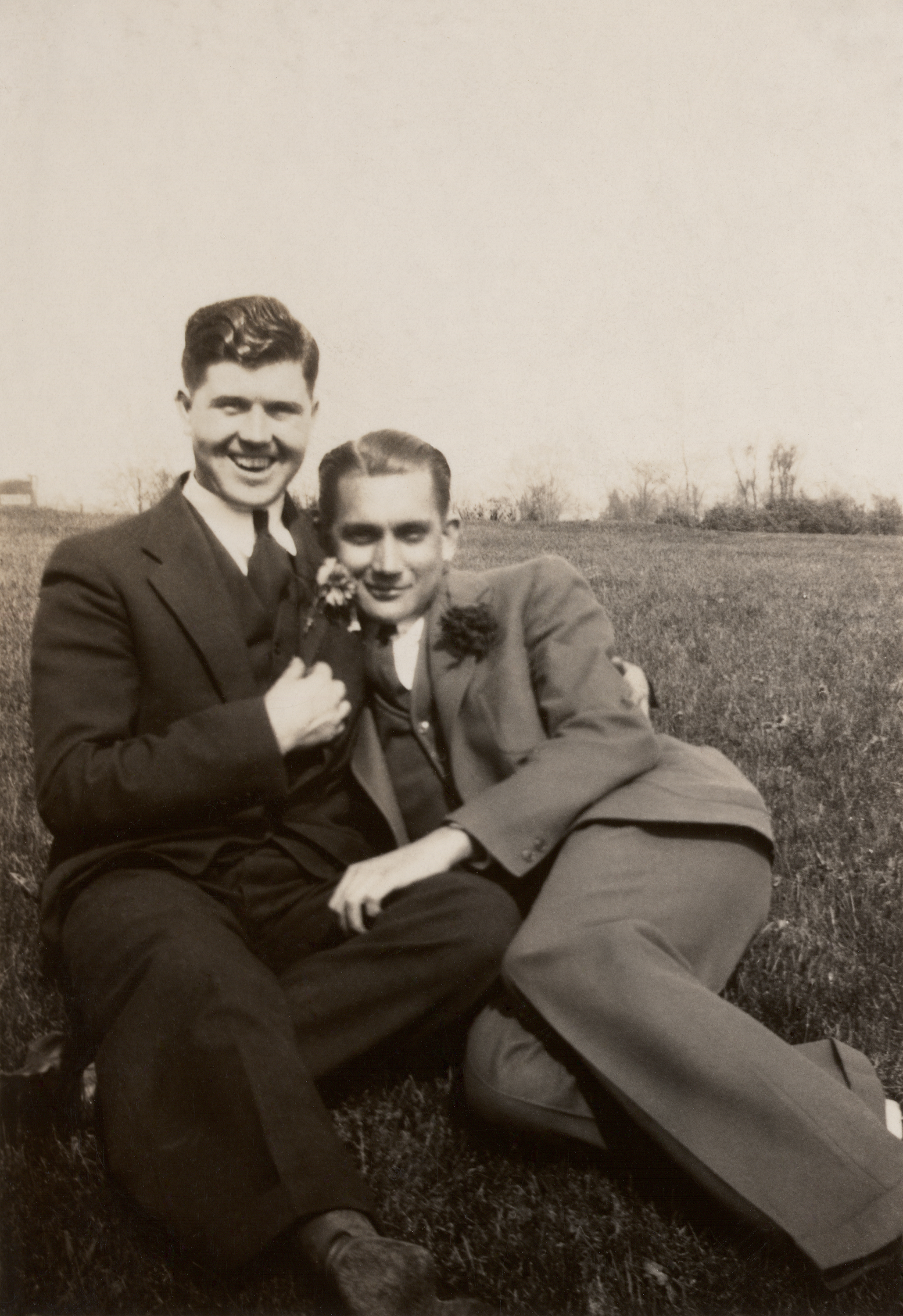
Neal: On page 210-211, two men having a picnic, but there’s a funny story behind it.
Hugh: The day after the book launched, we received an email from The Guardian. They were passing along a question from a Viennese professor that was sent to them. And the Viennese professor said, “I know who the subjects in this photo are: it’s the poet Rupert Brooke and the British painter, Duncan Grant. Could you contact the collectors and find out who took the photograph? And if they know, what year?” So we went to Google their images, and holy cow, if it’s not them, if it’s not, Rupert Brooke and Duncan Grant, it’s their twins.
What message do you hope your readers will take away?
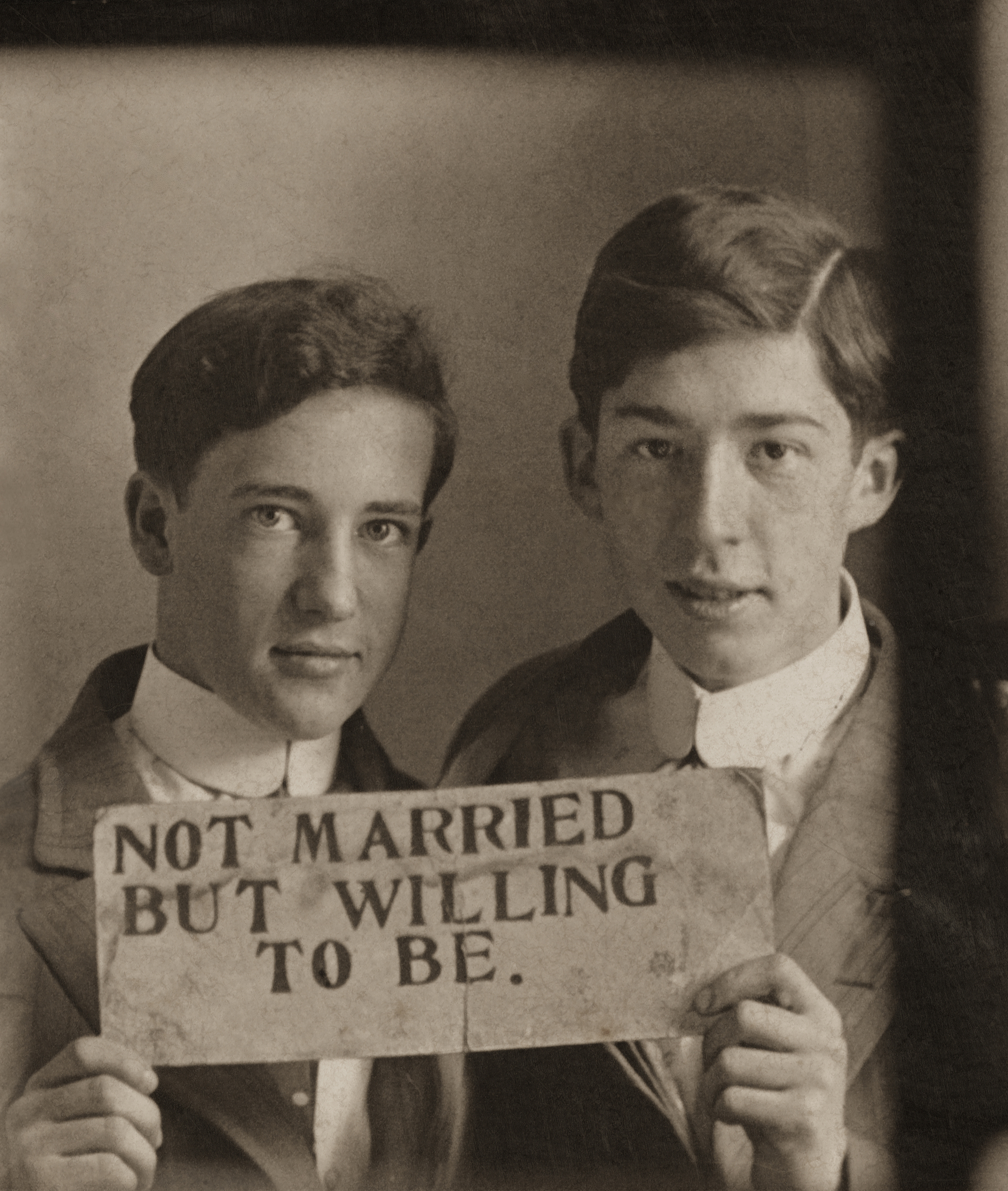
Neal: It’s a message of love, that love is universal.
Hugh: The love that Neal and I have for each other is the same love that two girls would have for each other, or a woman and a man would have for each other. There’s no difference. We’re really trying to get away from referring to them as gay couples or homosexual couples because the emotions that they’re experiencing are universal. Just from the response, we’re getting from people–this is not an LGBTQ+ book. This is a book for everybody, there’s not a demographic it doesn’t appeal to because the message is universal. It’s the exact same love for all of us, it’s no different.
You can buy Loving through Amazon or FiveContinents.
© 2020 GCN (Gay Community News). All rights reserved.
Support GCN
GCN is a free, vital resource for Ireland’s LGBTQ+ community since 1988.
GCN is a trading name of National LGBT Federation CLG, a registered charity - Charity Number: 20034580.
GCN relies on the generous support of the community and allies to sustain the crucial work that we do. Producing GCN is costly, and, in an industry which has been hugely impacted by rising costs, we need your support to help sustain and grow this vital resource.
Supporting GCN for as little as €1.99 per month will help us continue our work as Ireland’s free, independent LGBTQ+ media.
